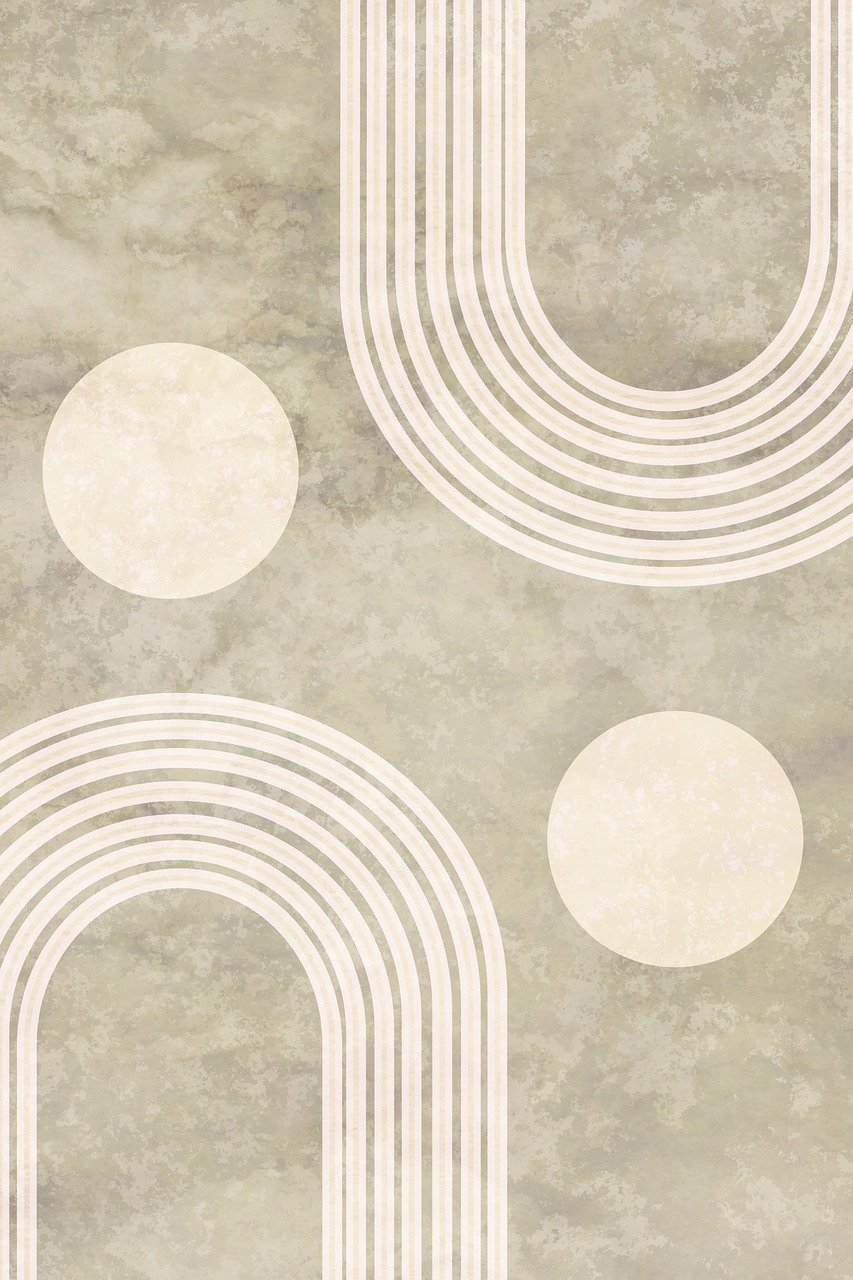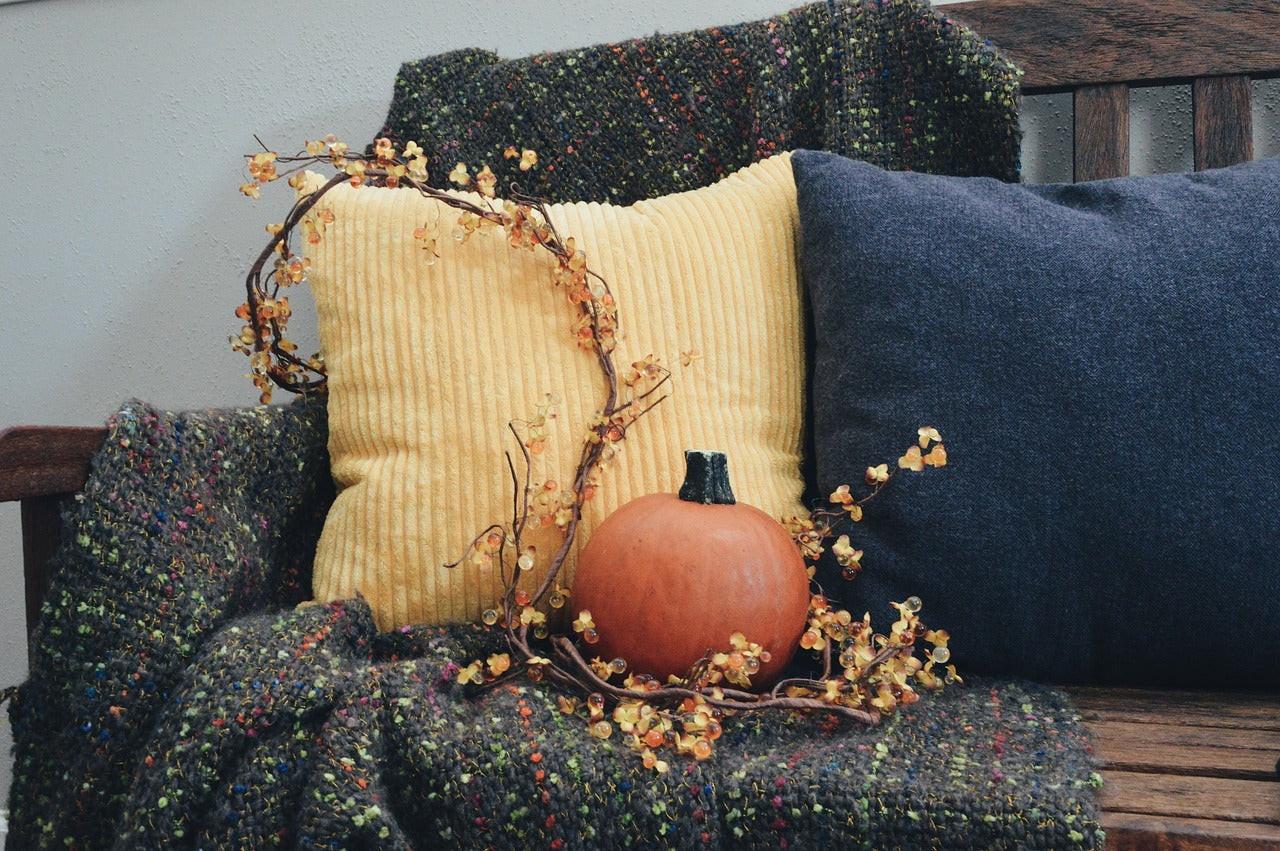Types Of Home Design Styles You Must Know
And here we are again at Sweet Blog, the sweetest blog online.
The place to be for all fans of the 'Home concept.'
Today, we'll be exploring some home design styles that are important for you - members of the sweet crib community - to get to know.
First of all, we are well aware that the literary material in this field is quite enormous, and it will be on the verge of being impossible to elaborate thoroughly regarding each and every one.
Therefore, it should be noted that our sole intention in this article is to provide some general ideas that may stimulate your imagination and, as a result, make you want to enrich your knowledge on the subject.
As always, later in the article, there will be a refreshing infographic presentation and a video summarizing its content for you.
'Types Of Home Design Styles You Must Know.'
Table of Contents
1. Modern Style.
First, we must emphasize that there is no essential correlation between a modern and contemporary design style, contrary to the misconception that usually occurs due to semantic misunderstanding. While the concept has apparent similarities, these are two different styles.
The 'Contemporary style' focuses on the dominant styles relevant to modern times, while the 'Modern Design style' refers to the elements we will explain below.
So what is, then, the 'modern design style?'
The prevailing assumption is that this style's roots date back to the early 1920s (to the 1950s) of the last century.
The modern design movement originates mainly from Scandinavian cultural sources, which have sanctified the principle of simplicity.
You will not find any blurry architecture or vague decoration in this style. On the contrary, everything will be straightforward and functional.
The guiding principle is that every object and space should be designed to express its functionality and purpose.
Suppose you like simple, uncluttered spaces with clean lines and a lack of fussiness. In that case, you probably have a fondness (even if you did not know) for this one more than the other existing types of home design styles.
Another important principle is emphasizing horizontal and vertical lines with fewer curves.
Furthermore, guidelines like - increased affection for "Natural" elements, such as natural light, and exclusive use of raw materials such as wood (unpainted) and copper, along with genuine leather and fibers, etc. - are the cornerstones of this design style.

very simple and functional
By the way, the principles noted above are pretty similar to the 'Monochrome style.'
After all, 'Monochrome' means (in a nutshell) using a single shade of colors, so it naturally connects to the elements of modern design style.
You can read this exciting article to enrich your knowledge on the subject.
In conclusion, if we were required to summarize the modern style into one sentence, it would probably be:
"Keep it simple (and natural)."
2. Country Style.
If you are seeking a design style that evokes a sense of comfort and familiarity, the 'Country design style' is the perfect choice for you.
The 'Country design style' is often associated with resourceful homeowners who made use of the materials readily available to them. This practical approach to design is a source of inspiration for many.
The country's design style tends to be based on existing natural resources/ materials in their basic configuration and manual processing performed primarily by artisans and experts.
In contrast to the 'Modern style' we expanded on above, which idealizes the use of raw materials as is, the Country style is not "ashamed" to develop and take natural raw materials one step ahead, straight towards perfection.
In a non-specific way, the primary materials used in the Country design style are different/dark types of wood, natural stone, natural iron profiles, and ornate and rough textiles.
The 'Country design style' often incorporates a warm and earthy color palette. This includes hues like cream, beige, and subtle shades of brown, which create a cozy and inviting atmosphere. To add a pop of color, decorative elements in red, yellow, and green are used, along with the occasional use of dominant metals like copper to add a touch of elegance.

A warm feeling of coziness
Country design is mainly expressed in its inviting and embracing look. Imagine a lovely grandmother on a rocking chair in a quiet, happy prairie in Texas. It's a sunny, beautiful day, and she knits a sweater for her granddaughter.
Here, you can find more great examples of the country's design style.
We have to admit that this one is one of our favorites among the existing types of home design styles out there.
Sucker for some grandma love.
Can't help it...
3. Retro and Vintage.
How lucky are you, members of our sweet community, for our Sweet Blog already contains an excellent article concerning this specific topic.

Retro adds sophistication and beauty
Do yourself a favor and check it out.
4. Minimalist Design Style.
The essence of this one is already well-known to some of you to a certain extent, even intuitively, just from hearing its name.
The most important principle of this style, which emerged in the 20th century, lies in its motto - "Less is more." This phrase was coined in the 1930s by the architect Ms. van der Rohe, who was a pioneer of the Minimalist movement.
Similar to the modern design style, simplicity occupies a central role here - No unnecessary elements and, of course, only a few colors.
In a nutshell, the main characteristics of the Minimalist style are clean lines, monochromatic colors, open spaces with lots of natural light coming in, and a focus on purpose-built furniture only, which will, of course, create more free space.
The minimalist style is not just about aesthetics, it's about practicality. It strives to create an organized living environment that is not only visually appealing but also very convenient to arrange and clean. Every element has a clear and defined place - logical, intelligent, and efficient.
While Minimalism offers a clean and serene aesthetic, it's important to be aware of its potential pitfalls. It can lead to 'dangerous' scenarios of boredom, emptiness, and a complete lack of personality if not balanced correctly.
"Less is more" - true. But "Less" does not mean complete emptiness. Since, as mentioned, the line between Minimalism and emptiness is fragile. Therefore, one should pay close attention to this principle, and if you are interested in this style, ensure that you give the reins to a qualified professional in this field. A professional can help you strike the right balance, ensuring your space is minimalist without feeling empty or sterile.
It's crucial to understand that despite the surface similarities between 'Minimalist' and 'Modern,' they are not interchangeable. They have distinct characteristics and principles that set them apart.
It is indeed true that just like Modern design, Minimalism embraces clean lines, neutral colors, functional furniture, and non-artificial lighting. But at the same time, where modern design allows for more spontaneous decoration, minimalist style only uses items that try to achieve a particular goal. More functionality, you may call it.

Less is more
Check out this great Pinterest page, and you'll get to see more examples related to the Minimalist design style.
By the way, minimalism has recently gained more and more popularity among all the home design styles.

We hope this article - 'Types Of Home Design Styles You Must Know' - has helped you better understand the existing home design styles out there. And if you have any more questions on the matter, please feel free to reach out.
If you made it this far, don't forget to jump into our collections page
What are you waiting for?
For more fascinating and informative home design articles, visit our sweet blog and subscribe to our sweet community.


Share and get 15% off!
Simply share this product on one of the following social networks and you will unlock 15% off!